
®
SHIPSPOTTING.COM
WELCOME TO SHIPSPOTTING.COM
RFA CARDIGAN BAY L3009 - IMO 9240782
Photo
details
Photographer:Alf van Beem [ View profile ]
Title:Rfa Cardigan Bay L3009
Photo Category:Ships Under Construction
Added:Jul 13, 2005
Views:4,471
Image Resolution:2,421 x 1,816
Description:
L3009 Cardigan Bay at the river Clyde on 02Jun04.
Vessel
particulars
Current name:CARDIGAN BAY
AIS Position
of this ship
There is no AIS Position Data available for this ship!
Would you like to add AIS Coverage?

Photo
Categories
This ship exists in the following categories:
Ships under Repair or Conversion - 9 photos
Ships under Construction - 6 photos
Auxiliaries - 1 photos
Landing Ships - 60 photos
_ Armaments - 1 photos
Photographers
of this ship
(22)
1 photos
1 photos
1 photos
7 photos
1 photos
2 photos
4 photos
5 photos
1 photos
5 photos
1 photos
2 photos
1 photos
1 photos
2 photos
1 photos
15 photos
19 photos
1 photos
1 photos
4 photos
1 photos
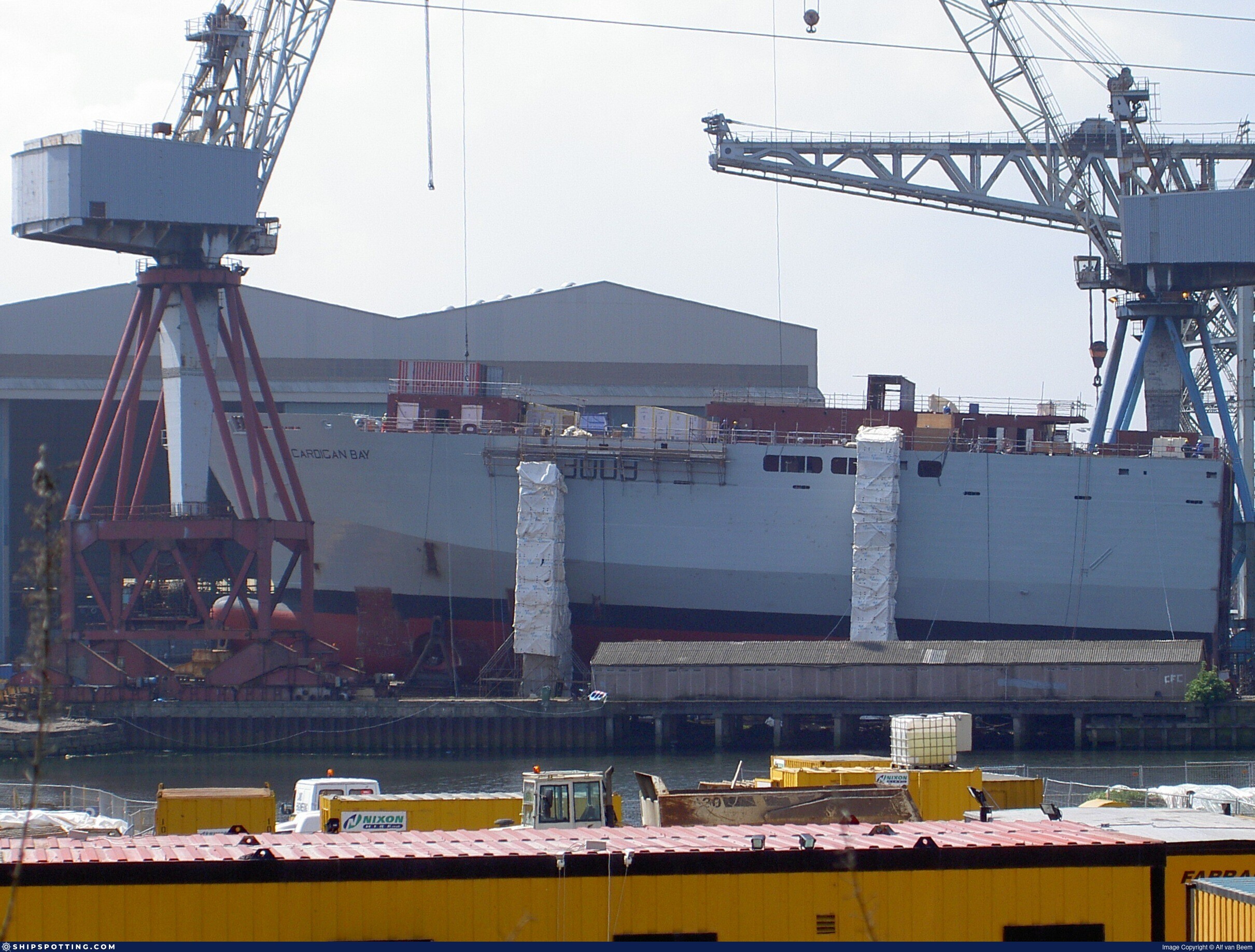

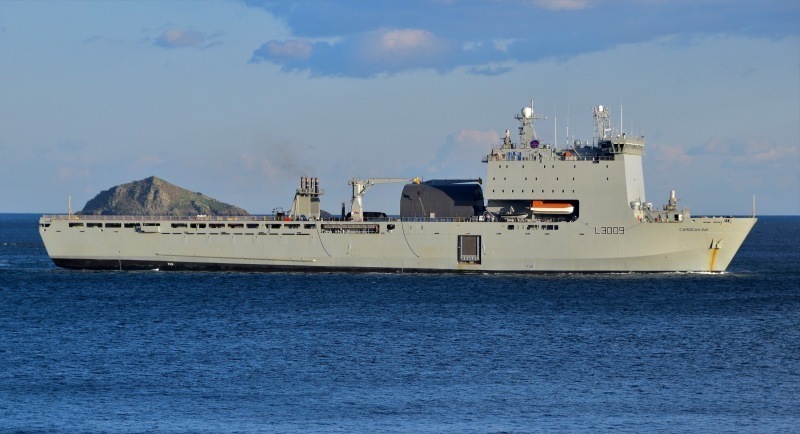
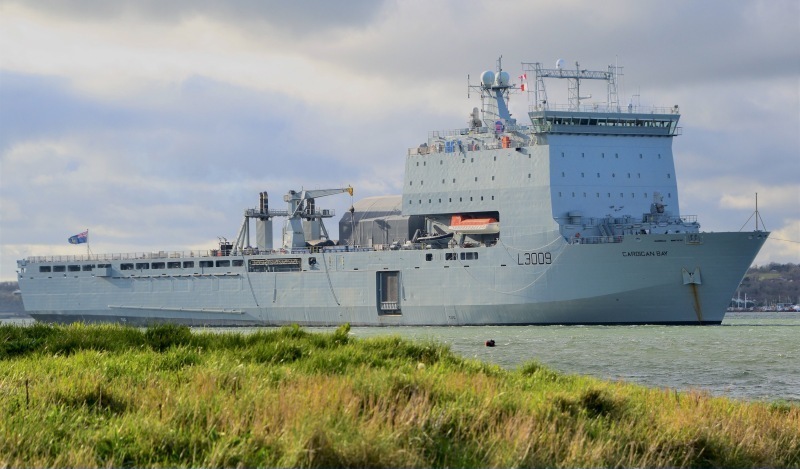
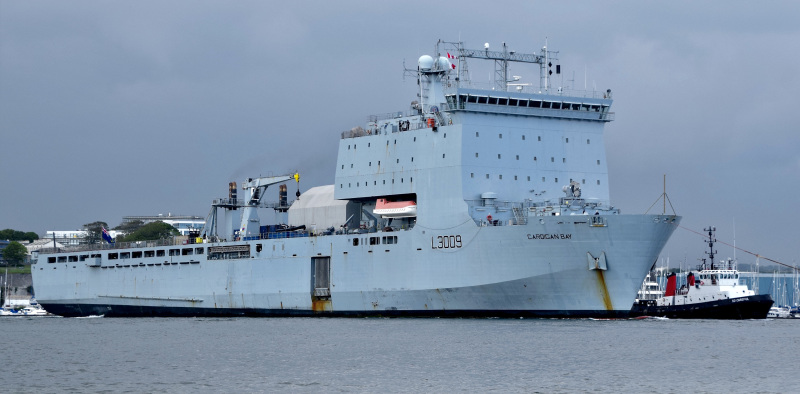
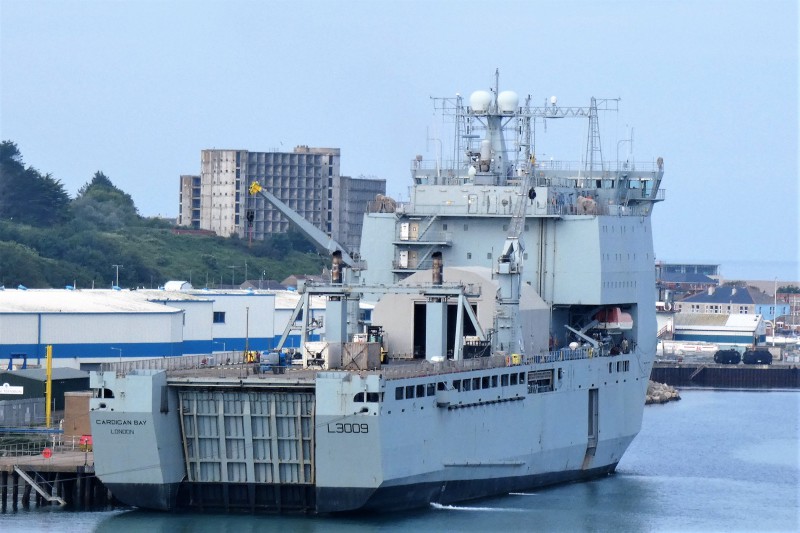
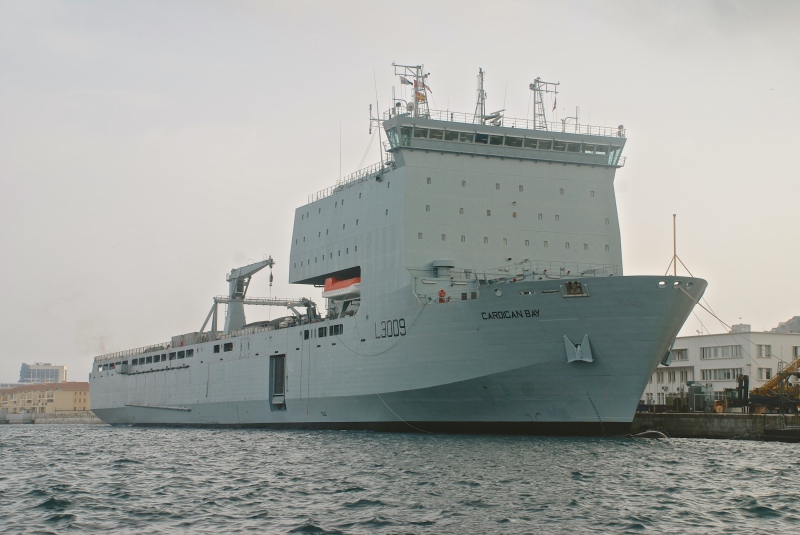
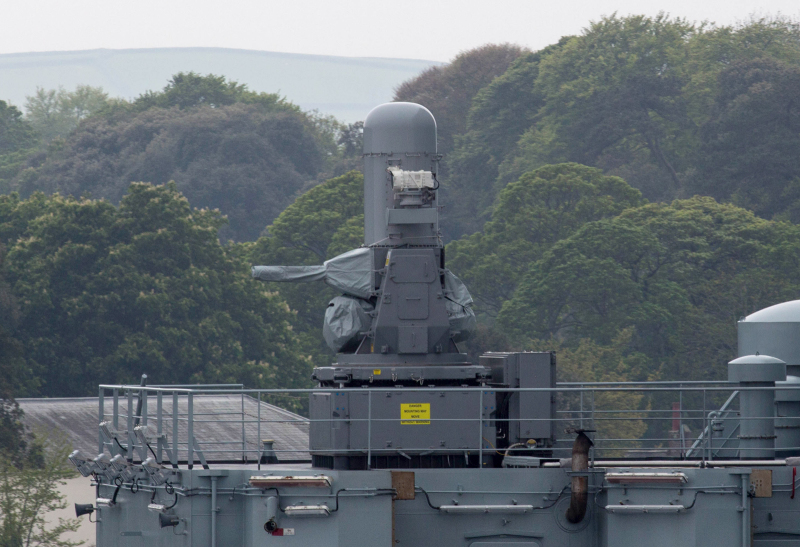
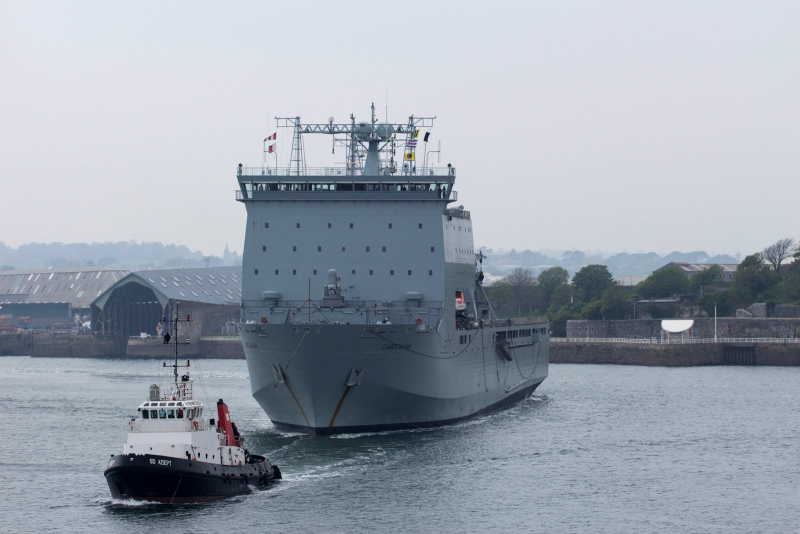
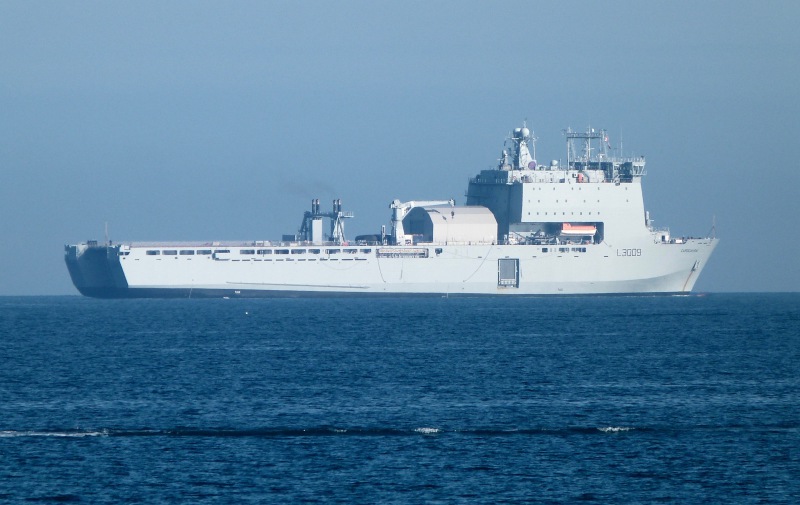


COMMENT THIS PHOTO(1)
Four Bay Class Large Amphibious Landing Ships have been ordered, the first two of which are already under construction. RFAs Largs Bay and Lyme Bay are under construction at Swan Hunter Tyneside. Mounts Bay and Cardigan Bay will be built at BAE Systems Govan Yard on the Clyde and are due to enter service in 2005.
The new ships will displace 16,100 tonnes and will replace RFAs Sir Galahad and Sir Tristram. Compared to their predecessors they will carry more than twice as many vehicles and embarked troops. Using their stern dock for landing craft and flight deck for helicopters, they will be able to offload in rougher weather twice as quickly.
The flight deck can accommodate two Merlin or Chinook helicopters, and a hanger could be fitted in future if required. The ships can carry an Embarked Military Force of 356 troops and large numbers of vehicles, although this can be increased to 500 using undesignated space.
The ships are able to position themselves dynamically using a bow thruster and their steerable azimuth thrusters to discharge equipment without the need to anchor. The existing RFA Landing ships were designed to run up on a beach to discharge their cargo of men and vehicles.
The Bay Class are designed to operate over the horizon using helicopters and landing craft through a floodable stern dock to get men and equipment ashore.
History of the Names
RFA Cardigan Bay
This name has not been used previously by the Royal Fleet Auxiliary, but a Bay class frigate of the same name served in the Royal Navy between 1945 and 1962.
The ship was completed at Leith by Henry Robb Ltd in 1945 and joined the Mediterranean Fleet in the same year. Four years later she was transferred to the Far East Station, where she remained until 1960. During her time in the Far East HMS Cardigan Bay took part in the Korean War, for which she carries the battle honour.
In 1960 she was transferred to the West Indies Station and two years later she returned to the UK before being broken up at Troon.
Edit
comment